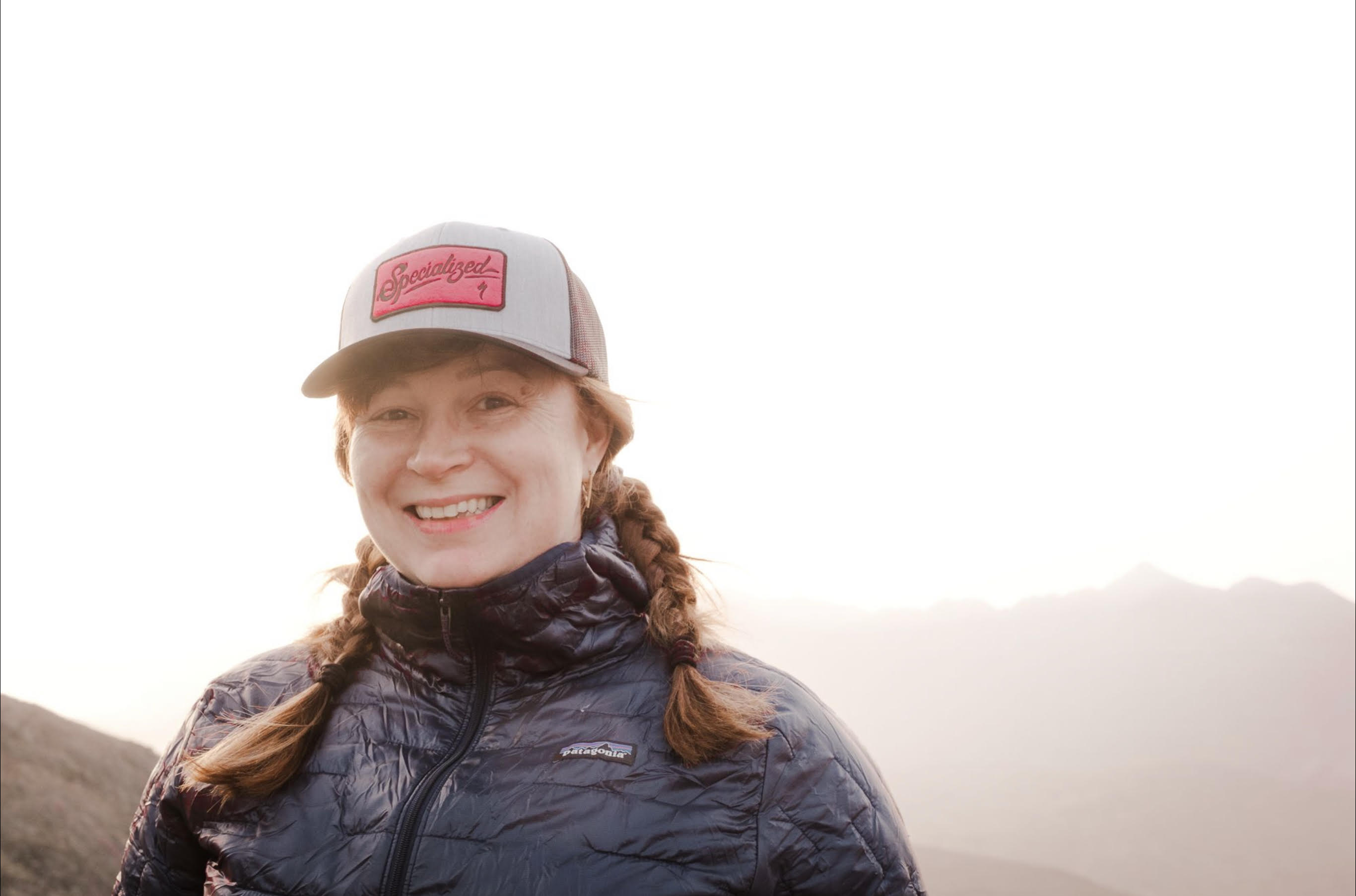The Joy of Dirt: Why you should volunteer with your local trail association
Trail building is both a science and an art, and the more you dig and help out, the more you can ride and enjoy it
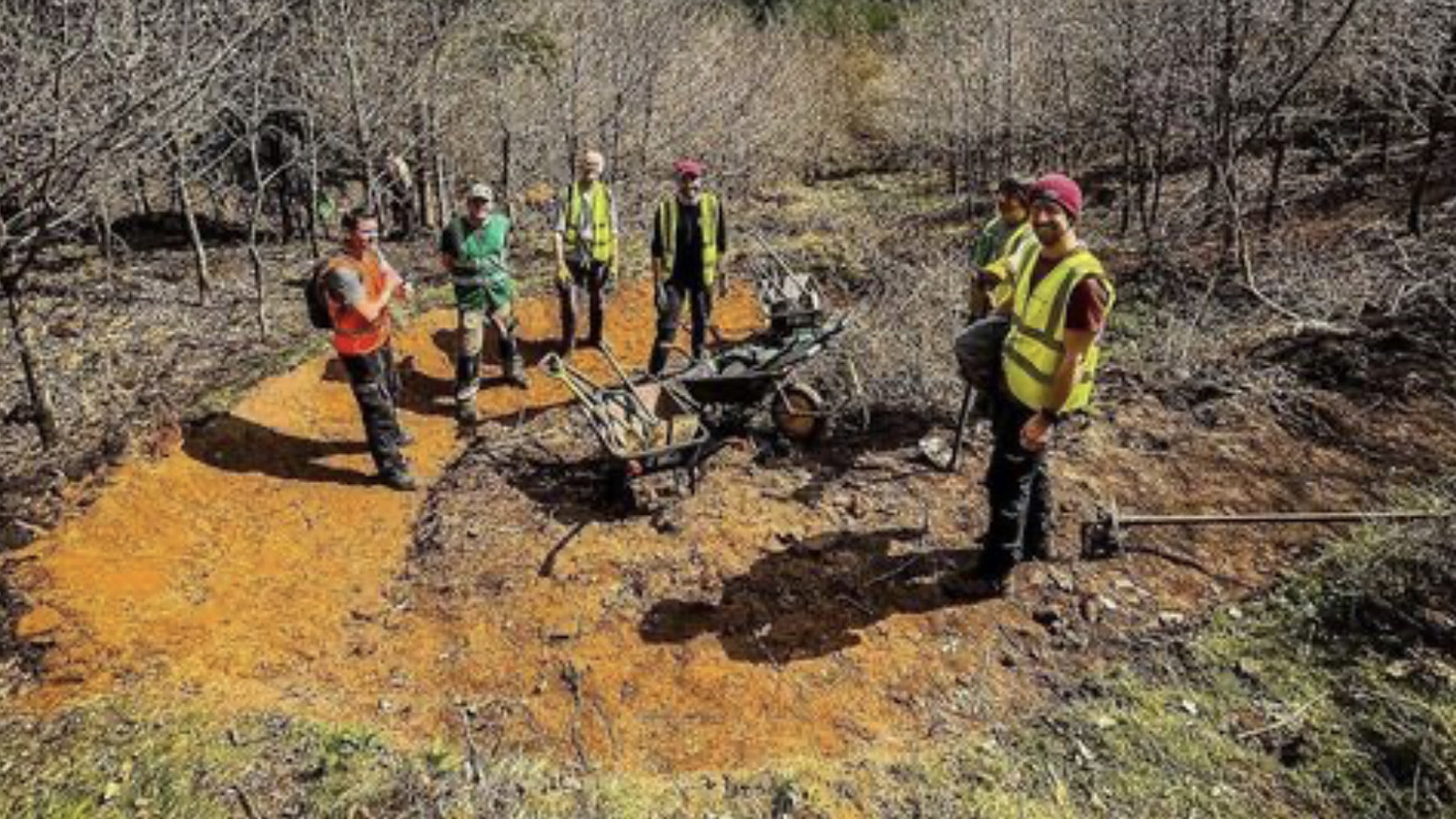
I have a confession to make; up until last year, I’d never joined a dig. Not an archaeological dig - I wasn’t looking for bits of pottery or animal bones - but a trail dig day where a crew of volunteers goes out and helps build or repairs trails.
To be honest, I’d not really thought of it before but I’d just moved to the Forest of Dean and one of my friends, Ruth Hallett, is chair of the Dean Trail Volunteers; I was curious, and I wanted to give something back to the trails I’d been riding for years.
So that’s how I found myself with a group of 5 others next to a shed filled with rakes and rope and shovels on a sunny day in August. We had our briefing (with added COVID-secure info like ‘don’t share tools’), grabbed a wheelbarrow each and walked up to the section of trail we were to be working on. Over the course of the next few hours I poured sweat, shoveled gravel, tamped down dirt, and got to know my fellow diggers, a combination of veteran builders and newbies like myself. At the end, we stood back to admire our work; a section of trail riddled with holes and puddle-prone now had the worst of dips filled in, new drainage channels dug, and was ready to open. I felt ridiculously proud, and the post dig cuppa and cake tasted all the sweeter for the work we’d done.
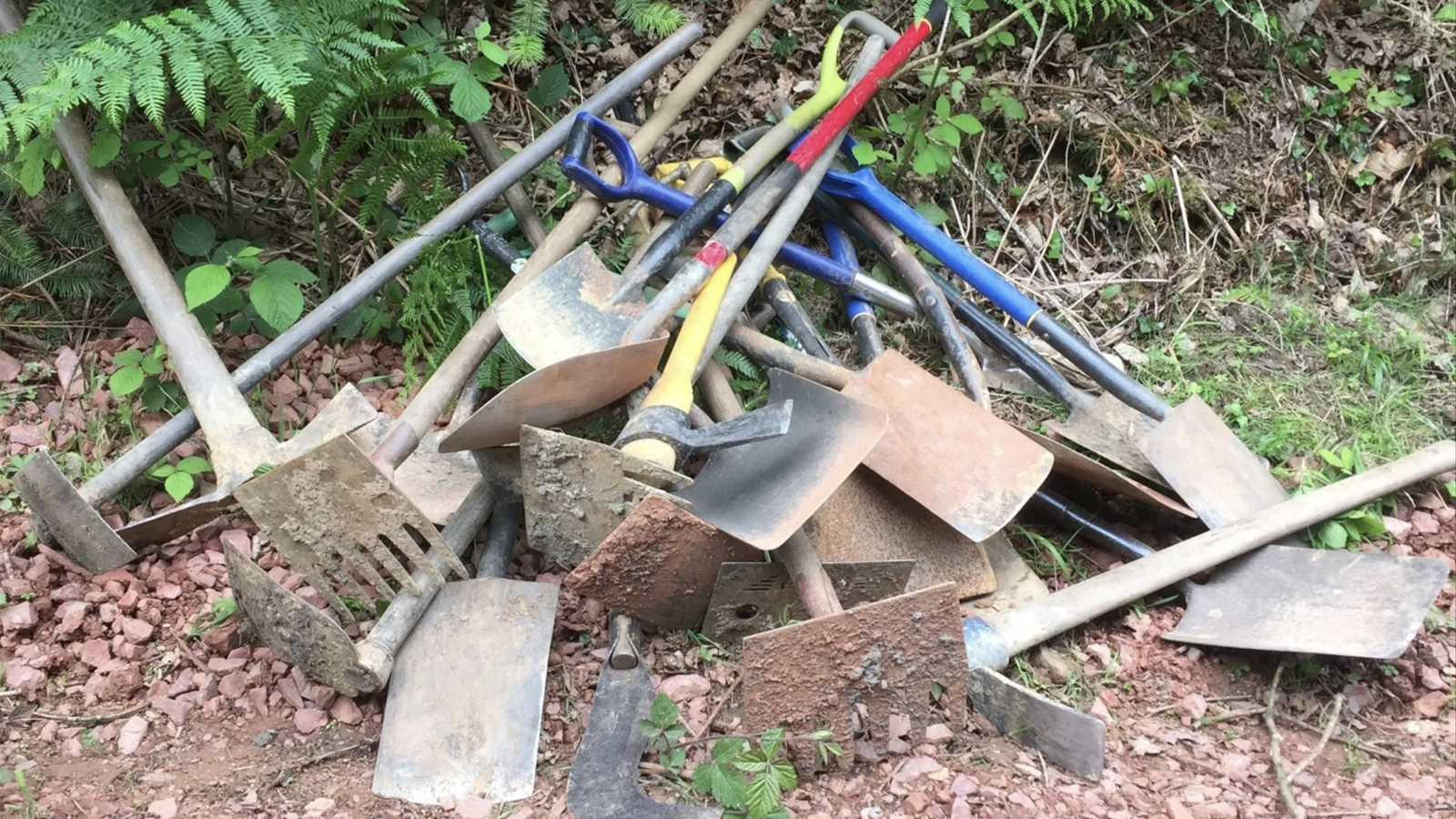
- Best trail bikes: top trail mountain bikes ridden and rated
- Best hardtail mountain bikes: the best hardtails for cross country and trail riding
Over the course of the summer and early autumn, I joined as many digs as I could. I worked repairing old trails, helping clear new trails, and learned about how a trail is constructed to give it longevity, make it flow, and avoid it becoming a puddle magnet in the winter. There is, it turns out, a lot to learn about and I’ve come to the conclusion that trail building is both a science and an art, and probably beyond my current ability to grasp. But I have a newfound respect and appreciation for the work that goes into the trails I ride, and the more I work on them, the more I want to look after them and the forest they’re in.
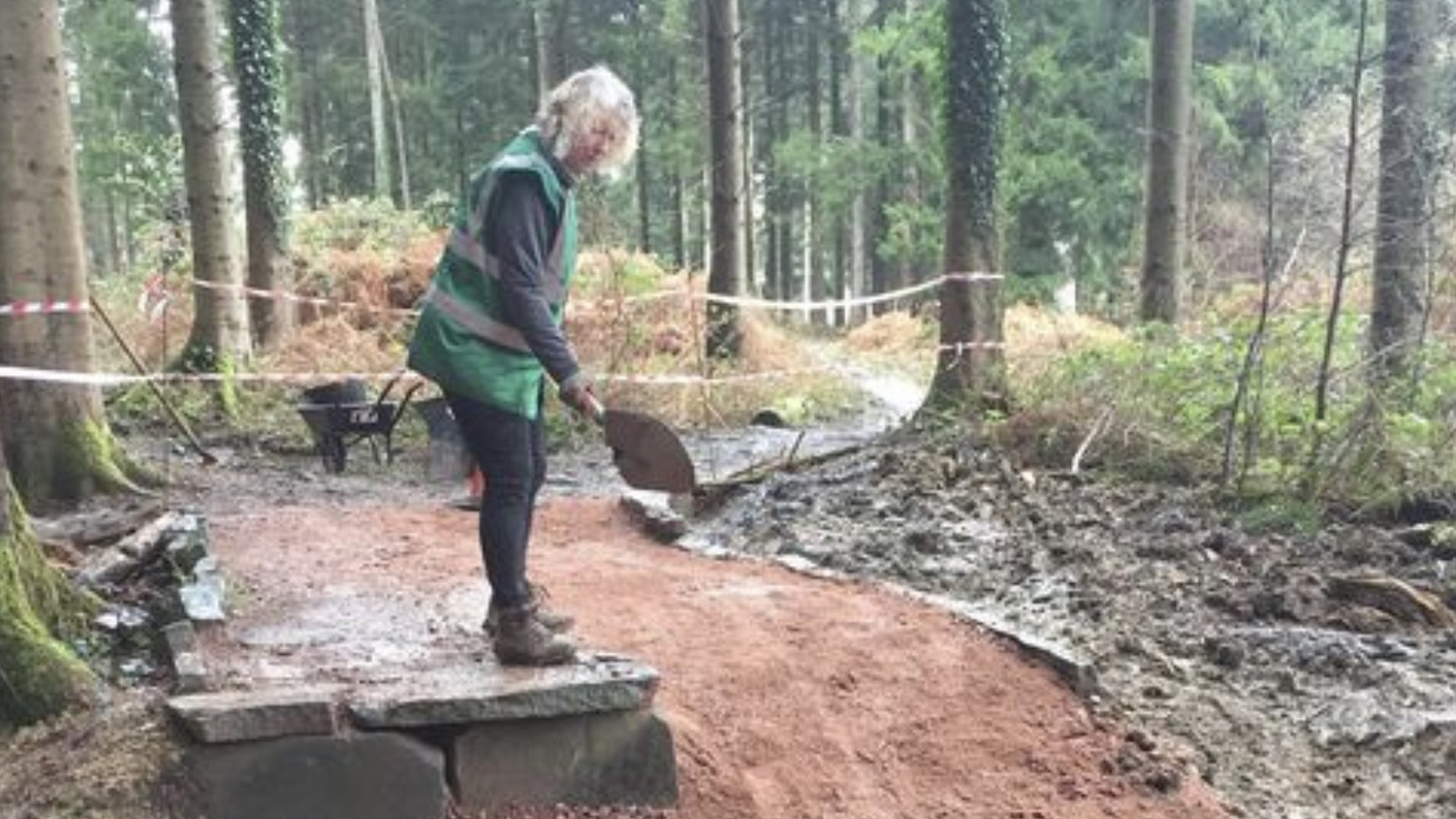
If you’d asked me when I first started mountain biking how the trails got there and who looked after them, I’d have first admitted that I hadn’t really thought about it at all - they’re just there, right?
Then, upon further reflection, I’d have probably assumed they were built and maintained by Forestry England. After all, they look all official with posts and signs, and they’re in managed forests, most of them.
(This probably reflects my very southern-UK centric experience of mountain biking as a beginner; visiting trail centers like Swinley or the Forest of Dean, a nice car park, cafe, and graded trails.)
Later on I graduated to wilder trails, those unofficial but sweet lines that swoop through forests, with only a thin dirt ramp and some trampled grass by the side of the forest road to let you know that they’re there. They obviously weren’t Forestry England, but I still couldn’t tell you who’d made them or how they got there.
It was much later still that I started to hear more about trail makers and diggers, the lone creators and motivated groups who do a huge amount of the building and maintenance work. Most trails, even the ones that are now officially managed and maintained by organizations like Forestry England, were once unofficial tracks built by pioneers.
- Black Friday bike deals: The best deals on mountain bikes, components and clothing
- Black Friday cycling clothing: Wardrobe upgrades to look and perform better on the trail
- Black Friday bike helmets: Today's best deals on mountain bike helmets
- Black Friday cycling shoes: Today's best deals on cheap MTB shoes
- Black Friday wheel deals: Today's best deals on cheap mountain bike wheels
The Dean Trail Volunteers are the group who look after downhill tracks and the red trail in the Cannop Cycle Centre at the Forest of Dean. “We have about 40 regular diggers,” explains group Chair Ruth Hallett, “and on average we do 1,500 volunteer hours per year.”
However, like most trail volunteer groups, 2020 was not an easy year. The pandemic and the rules around it meant that the numbers who could go out and dig were limited, and the closure of the cafe and cancellation of races cut off of the income the group relies on for purchasing tools and materials. “Most of our income comes from table sales and racing, both of which stopped during COVID,” explains Ruth, but the DTV are nothing if not a resilient bunch helped by a supportive community, and managed to turn things around. “We crowdfunded, set up an eBay store, and have started up online selling t-shirts; we raised nearly £10k during the year!” And while lockdowns put a stop to the digs, behind-the-scenes work on less exciting but crucially important things like logistics and planning meant that bigger trail works were able to happen.
That £10k, along with a huge donation from Forestry England, has meant that trail building company Back On Track were able to be hired in to do crucially needed repairs to the downhill tracks Countdown and Launchpad.
“What about Forestry England?” I hear you say. “Where does my car parking money go?!” Kate Thoday is one of the two mountain bike rangers based at the Forest of Dean (awesome job, right?) and she, along with her colleague Dan, look out for the trails, conduct regular inspections, and work with DTV.
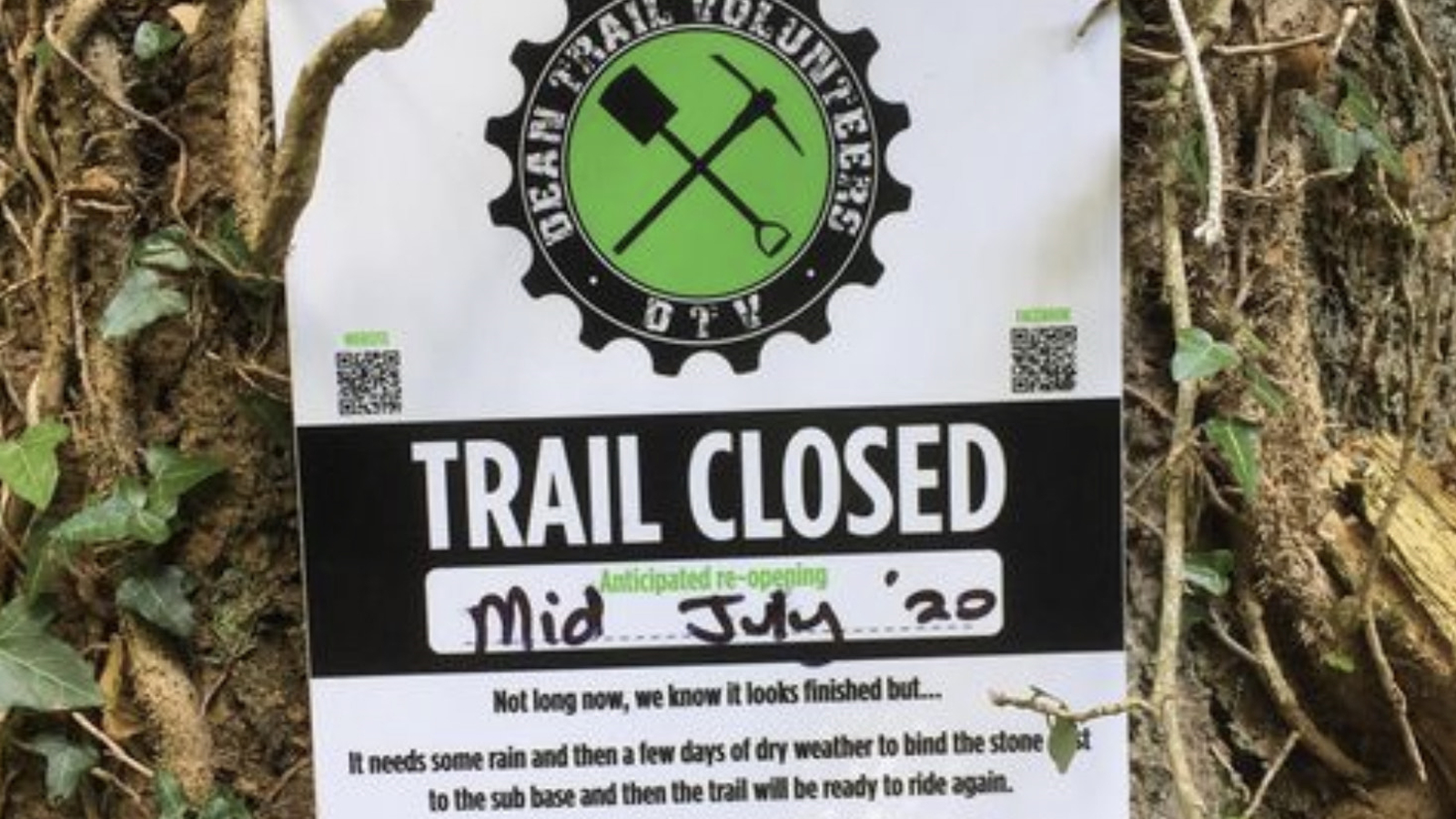
“Forestry England is the land manager responsible for caring for the Forest of Dean and developing the official trail network,” she explains. “We are a public body, but we receive little public funding and generate most of our revenue ourselves. We use the money you spend on car parking and membership to look after the nation’s forests. We rely on the support of our visitors and our members, so every penny you spend is invested by Forestry England back into the management of our woodlands. This includes the development and maintenance of our official trail network.”
And it’s from that pot of moolah that the funding for the revamp of the popular Verderers blue trail came from, and the added funding for Launchpad.
“We work together on the trails at the Cannop Cycle Centre,” Kate continues. “There is a written agreement between us that gives DTV permission to work on the land and sets out guidelines. Some projects are done as collaborations and others by DTV themselves. The volunteers plan and run the digs, and do all the fundraising for their projects.”
- Best enduro mountain bike: carbon and alloy enduro bikes for all skill sets
- Best downhill mountain bikes: Bike Perfect's pick of the fastest downhill mountain bikes this year
Just like the tracks that have evolved into constructed red, blues and blacks, color-coded for difficulty and built to withstand the traffic of thousands of wheels a year, so to have some of those trail builders evolved into the companies that are now contracted to build them.
For example, the aforementioned Back On Track is the company that’s nearly finished giving Countdown and Launchpad a total makeover, and that company is founded by Rowan Sorrell. He’s one of the chaps behind Bike Park Wales, and has been building trails for years, eventually turning it into a business.
That’s not to say that trail building companies mean that there’s no need for dig groups - there’s ALWAYS a need for dig groups. Trails need constant love and attention, and some are needier than others. Drains need to be cleared, holes filled in, erosion repaired, leaves swept away. In fact, it can be a bit like painting the Forth Bridge; by the time you’ve finished painting it and gotten to one end, it’s time to start again where you began. Alan Grist, Trail Building Officer at the Dean Trail Volunteers and someone who’s been building Forest trails for years, once told me it was a similar situation with the DH trails at Cannop, a never-ending maintenance loop.
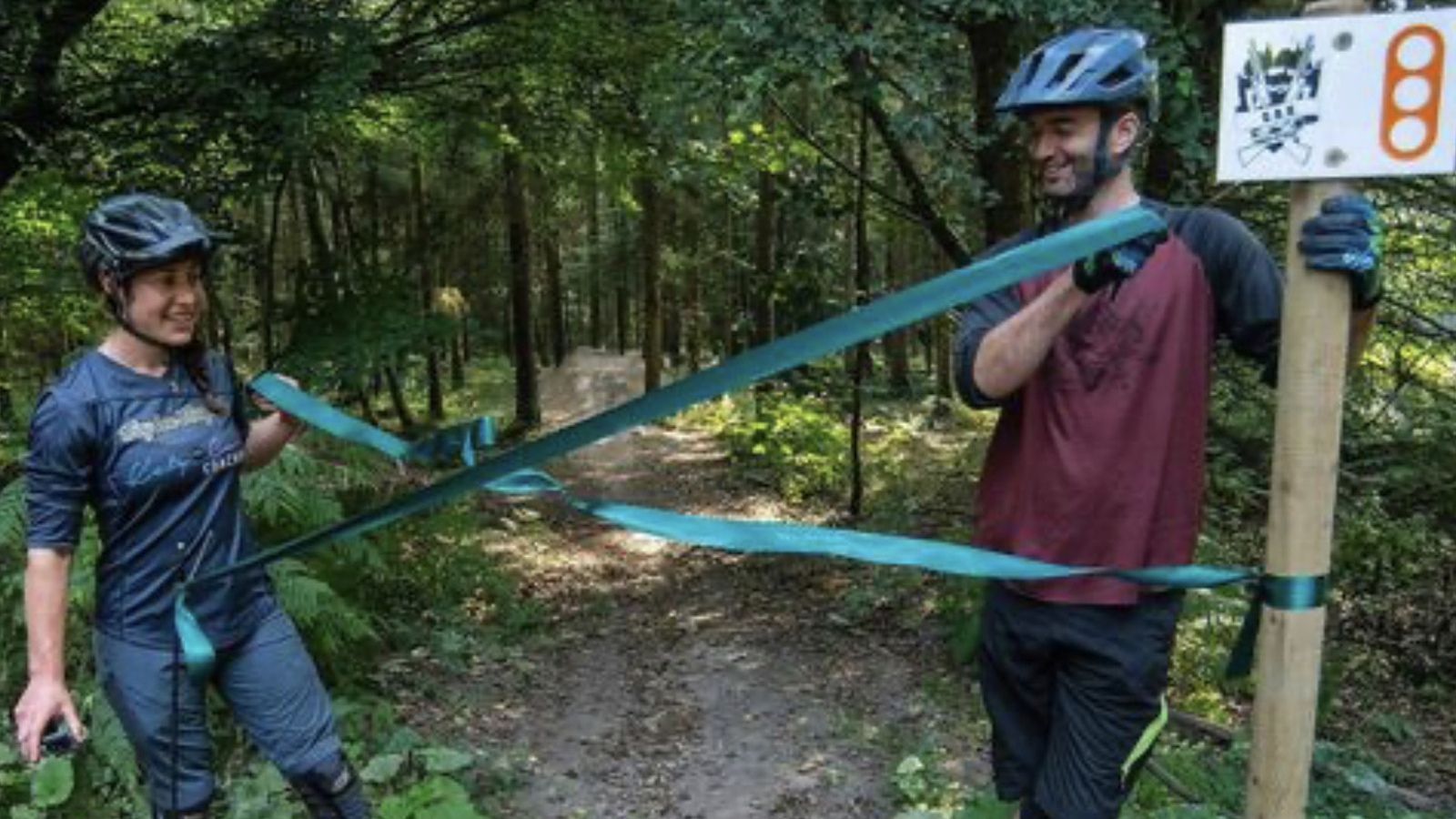
COVID-19 has made the importance of trail volunteers apparent in other ways, too. The wonderful leap in the numbers of people discovering just how fantastic mountain biking is has also meant that the traffic on the trails has increased, which in turn means more wear and tear.
“Not being able to have DTV out working on the trails has had a big impact,” Kate says. “Without them there are just two Forestry England staff to carry out the maintenance alongside all the other day-to-day jobs on site.”
So - a constant supply of help is always required! What’s in it for you, I hear you say, because yes, I’m about to gently suggest that if you love a bit of mountain biking and want to ensure you’ve got trails to ride on, it’s worth getting involved in your local trail crew.
Well, firstly, obviously the trails themselves. The physical work of filling in holes and repairing damage means that you have a sweet surface to ride on, and being part of a group means it’s easier to organize and advocate for your trails if, say, there’s tree felling work planned that puts them in jeopardy.
Other benefits include;
- Enormous sense of satisfaction and pride
- Incredible full-body workout
- Becoming part of a community
- Learning about good trail construction and the chance to chat to experienced builders
- Seriously, I mean it about the workout. Muscle-tone here we come!
If you’re not sure who your local trail crew is, ask around, keep an eye out when you’re riding as you might spot them, or do a quick google search and drop them an email. There are well-established groups like Chase Trails in Cannock Chase or the Tweed Valley Trail Association, and there are new ones popping up all the time, too, like the newly formed Ride Mendips.
The phrase ‘no dig no ride’ gets thrown around a lot, and I’m not on board with that, not least because not everyone CAN dig - it’s physical work and it’s time-consuming, and people who have limited time, don’t live locally or just aren’t able to dig can still contribute in other ways.
What I am on board with is having a wee bit more understanding of how those trails you’re riding came about, the work that’s gone into them and continues to go into them, and providing some support in whatever form you can.
So yeah, if you can dig, dig - you will have a guaranteed blast. And if you can’t? Help with the organization, do some fundraising, drop a few quid in the fundraiser, tell your friends to lend a hand, write letters to your local council to show this is an issue that’s important to you, collect some litter when you’re out riding, don’t ride closed trails, report any big holes or downed trees, tell new riders about how the trails are looked after. Digging adds a whole new dimension to mountain biking, and it’s blooming good fun, too.
Aoife loves a bike-based adventure, whether it’s out in the mountains on her MTB or exploring new places by road or gravel. She’s tested a LOT of bikes and kit, and is passionate about making cycling accessible for everyone. After all, it’s much more fun with friends, right?
Bikes currently owned: Juliana Maverick, Liv Devote
